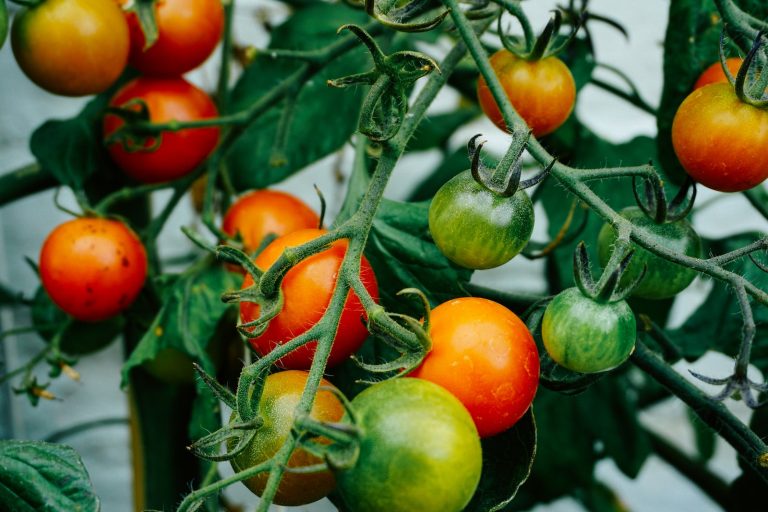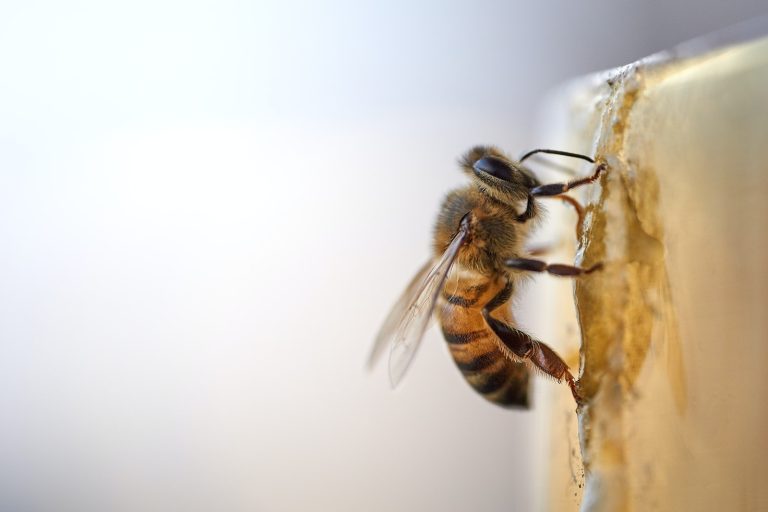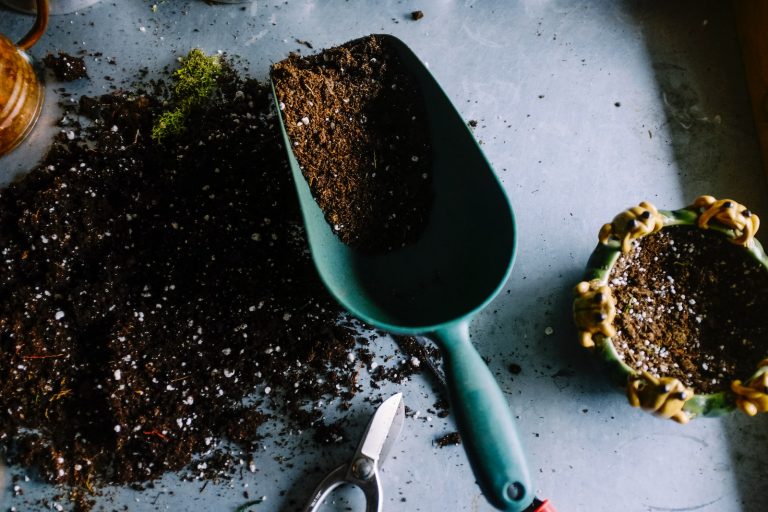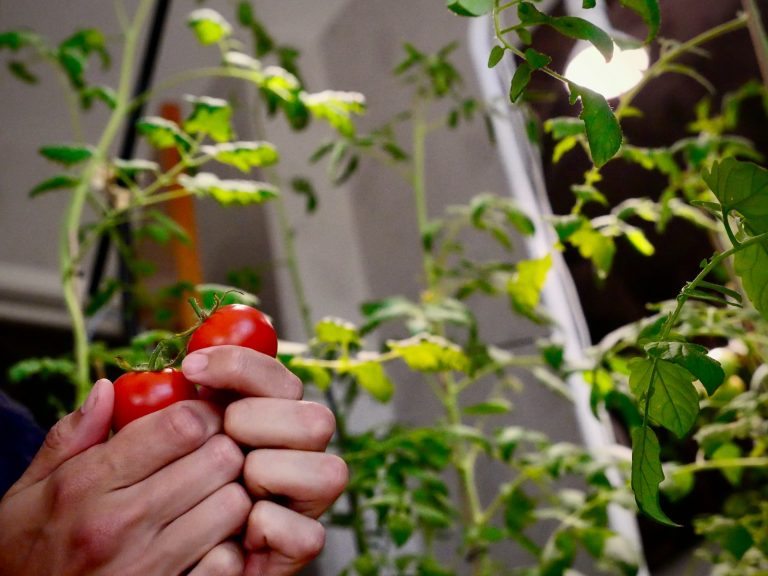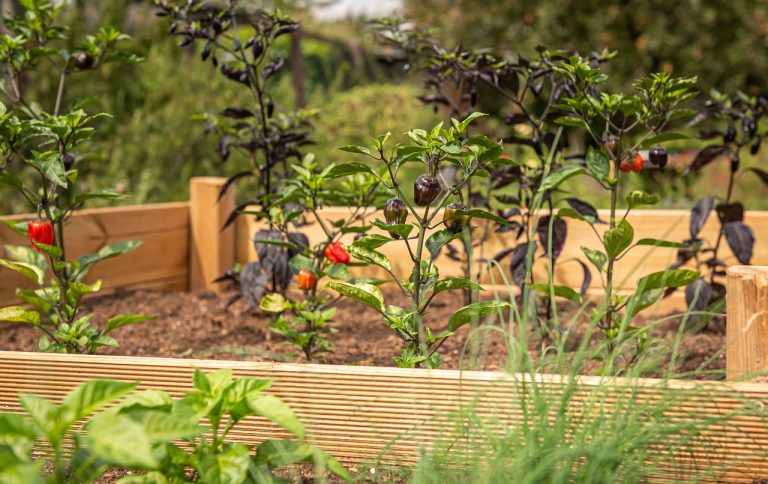How to Grow Peppers in Your Home Garden?
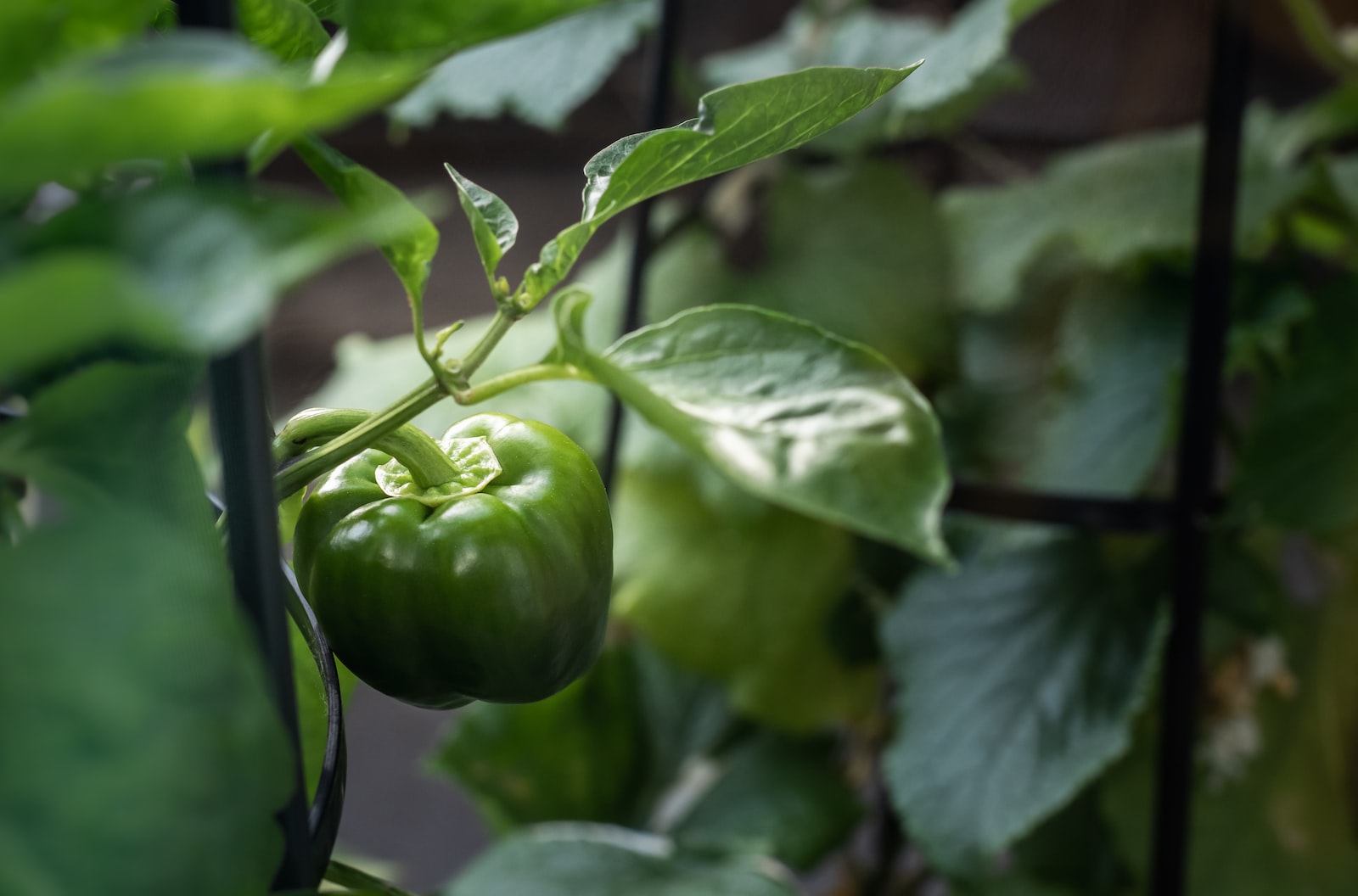
Are you a fan of adding some spice to your meals? Do you want to bring the heat right from your backyard? If yes, then look no further than growing peppers in your home garden. These vibrant and flavor-packed veggies are easy to grow and can be enjoyed all year long with just a little bit of care.
Whether you’re an experienced gardener or new to gardening hobby, this guide will teach you how to grow peppers that will add zing and color to your plate in no time! So put on your gardening gloves, grab your seeds, and get ready for a spicy adventure!
What are peppers?
Peppers are a fruit that is often used as a vegetable. There are many different types of peppers, which can be categorized by their color, heat level, and shape. Peppers can be eaten raw, cooked, or pickled.
Peppers are a good source of vitamins C and A. They also contain minerals such as potassium and manganese. Peppers can add flavor and spice to dishes. They can also be used as a ornamental plant in the garden.
Different types of peppers include: bell peppers, chili peppers, jalapeño peppers, habanero peppers, chipotle peppers, and paprika.Bell peppers are the most common type of pepper. They are large and have a sweet taste with no heat.
Chili peppers have more heat than bell peppers and come in different shapes and sizes. Jalapeño peppers are small and hot. Habanero peppers are very hot. Chipotle peppers are smoked jalapeño peppers. Paprika is made from dried chili peppers and is used as a seasoning or coloring agent.
To grow your own pepper plants, start with seedlings or transplants from a nursery rather than seeds. Peppers need full sun and well-draining soil to thrive. Water pepper plants regularly so the soil stays moist but not soggy. Fertilize with an all-purpose fertilizer according to package directions every two weeks or so during the growing season until flowering begins. After flowering starts, switch
Types of peppers
There are many different types of peppers that you can grow in your home garden. Some of the most popular types include bell peppers, jalapeños, and habaneros. Each type of pepper has its own unique flavor and heat level.
Bell peppers are the most common type of pepper. They are mild and have a sweet taste. Jalapeños are medium-hot and have a slightly spicy flavor. Habaneros are the hottest type of pepper and have a very intense spicy flavor.
If you want to grow peppers in your home garden, it is important to choose the right type for your desired flavor and heat level. Talk to your local gardening center or do some research online to find the best varieties for your area.
Preparing the soil for planting
It is important to prepare the soil before planting peppers in your home garden. The soil should be well-drained and loose, with a pH level between 6.0 and 7.0. To improve drainage, mix in organic matter such as compost or peat moss. For best results, test the pH level of the soil before planting and adjust accordingly.
To encourage strong growth, add a slow-release fertilizer to the soil prior to planting. Follow the instructions on the package for application rates and timing. Once the pepper plants are in the ground, water them deeply and regularly to keep the soil moist but not soggy.
Planting your pepper seedlings
When you are ready to plant your pepper seedlings, be sure to choose a location that will provide them with plenty of sun and well-drained soil. If you have space constraints, you can also grow peppers in containers.
To plant, dig a hole slightly larger than the root ball of the plant and mix in some compost or organic matter to help the plant get established. Gently remove the plant from its container and place it in the hole, making sure that the roots are pointing downward. Firmly press the soil around the base of the plant and water generously.
Pepper plants need consistent moisture, so be sure to keep an eye on them and water as needed, especially during hot, dry periods. If your plants start to wilt, they are likely lacking water. Apply a layer of mulch around the base of each plant to help retain moisture in the soil.
Caring for your Pepper Plants
When it comes to caring for your pepper plants, there are a few key things to keep in mind. First and foremost, peppers need full sun in order to produce the best possible yields. Make sure to plant them in an area of your garden that gets at least 6-8 hours of direct sunlight per day. Secondly, peppers require consistent watering.
They should be watered deeply and evenly, about 1-2 inches per week. Be sure to check the soil regularly and adjust your watering accordingly – too much or too little water can both lead to problems. Lastly, remember to fertilize your pepper plants regularly.
A good rule of thumb is to provide them with a balanced fertilizer (such as 10-10-10) every 2-3 weeks throughout the growing season. With proper care, you can enjoy fresh peppers from your own home garden all summer long!
Harvesting and storing your peppers
Harvesting and storing your peppers is a simple process that can be done with just a few tools. Peppers can be harvested at any time during the growing season, but they are typically ready to harvest when they reach their full size and are bright in color.
To harvest your peppers, cut them from the plant with a sharp knife or pruning shears. Be sure to leave a portion of the stem attached to each pepper. Once harvested, peppers can be stored in a variety of ways. For short-term storage, place peppers in a paper bag or perforated plastic bag and store in the refrigerator for up to two weeks.
For long-term storage, peppers can be frozen, dried, or canned. To freeze peppers, wash and remove the stems and seeds from the peppers. Next, slice or dice the peppers and place them on a baking sheet lined with wax paper. Freeze for several hours or until solidified. Once frozen, Transfer the peppers to freezer bags and store in the freezer for up to six months.
Drying peppers is another great way to store them for long periods of time. To dry peppers, wash and remove the stems and seeds from the peppers. Slice or dice the peppers and place them on a dehydrator tray lined with parchment paper. Dehydrate at 115 degrees Fahrenheit for 8-12 hours or until completely dried out. Store dried peppers in an airtight container in a cool, dark place for up to
Tips for growing successful pepper plants
If you’re looking for a fun and rewarding gardening project, why not try growing peppers? Peppers are a versatile crop that can be used in many different dishes, and they’re relatively easy to grow. Here are some tips for success:
- Choose the right variety of pepper for your climate. Some varieties are more heat-sensitive than others, so if you live in a warm climate, make sure to select a variety that will thrive in those conditions.
- Start seeds indoors 6-8 weeks before the last frost date in your area. Peppers need a long growing season, so it’s important to get a head start on the season by starting them indoors.
- Plant peppers in raised beds or containers. This will help improve drainage and prevent the roots from getting waterlogged.
- Provide adequate water and nutrients. Peppers need consistent moisture throughout the growing season, so make sure to water them regularly (especially during hot, dry weather). A balanced fertilizer applied monthly will also help promote healthy growth.
- Keep an eye out for pests and diseases. Spider mites and aphids are common pests that can attack pepper plants, so be sure to check your plants regularly for signs of infestation. Early detection is key to preventing serious damage.
Recipes using home grown peppers
If you’re lucky enough to have a bumper crop of peppers, you may be wondering what to do with them all! Here are some delicious recipes that make the most of home grown peppers.
Pepper and Tomato Salad: This healthy salad is packed with flavor and perfect for a summer lunch. Simply slice up some tomatoes and peppers, add some chopped fresh herbs, and dress with olive oil and balsamic vinegar.
Stuffed Peppers: A classic recipe that’s easy to make and always a hit. Stuff bell peppers with your favorite filling (we love ground beef and rice) then bake in the oven until tender.
Roasted Pepper Soup: This comforting soup is perfect for a chilly night. Roast some peppers in the oven, then add them to a simple soup made with chicken broth, diced tomatoes, and garlic. Puree the soup until smooth, then garnish with sour cream and freshly chopped parsley.
Conclusion
Growing peppers in your home garden is an easy and rewarding task. With the right knowledge, you can easily grow a variety of peppers that will not only make for great additions to your meals but also add a beautiful splash of color to your outdoor space.
It just takes some time and patience, as well as access to the correct soil, plants, sunlight, water and fertilizer. The results? Deliciously juicy and flavorful peppers that you will be proud to call your own!
James is a passionate writer and gardener with years of experience in home gardening. He is the author of several articles and blog posts on HomeGardenBlog.com, a platform where he shares his expertise and love for plants and gardening with the world.

